TEST YOUR METAL
On board Bering's ultra-tough flagship B145
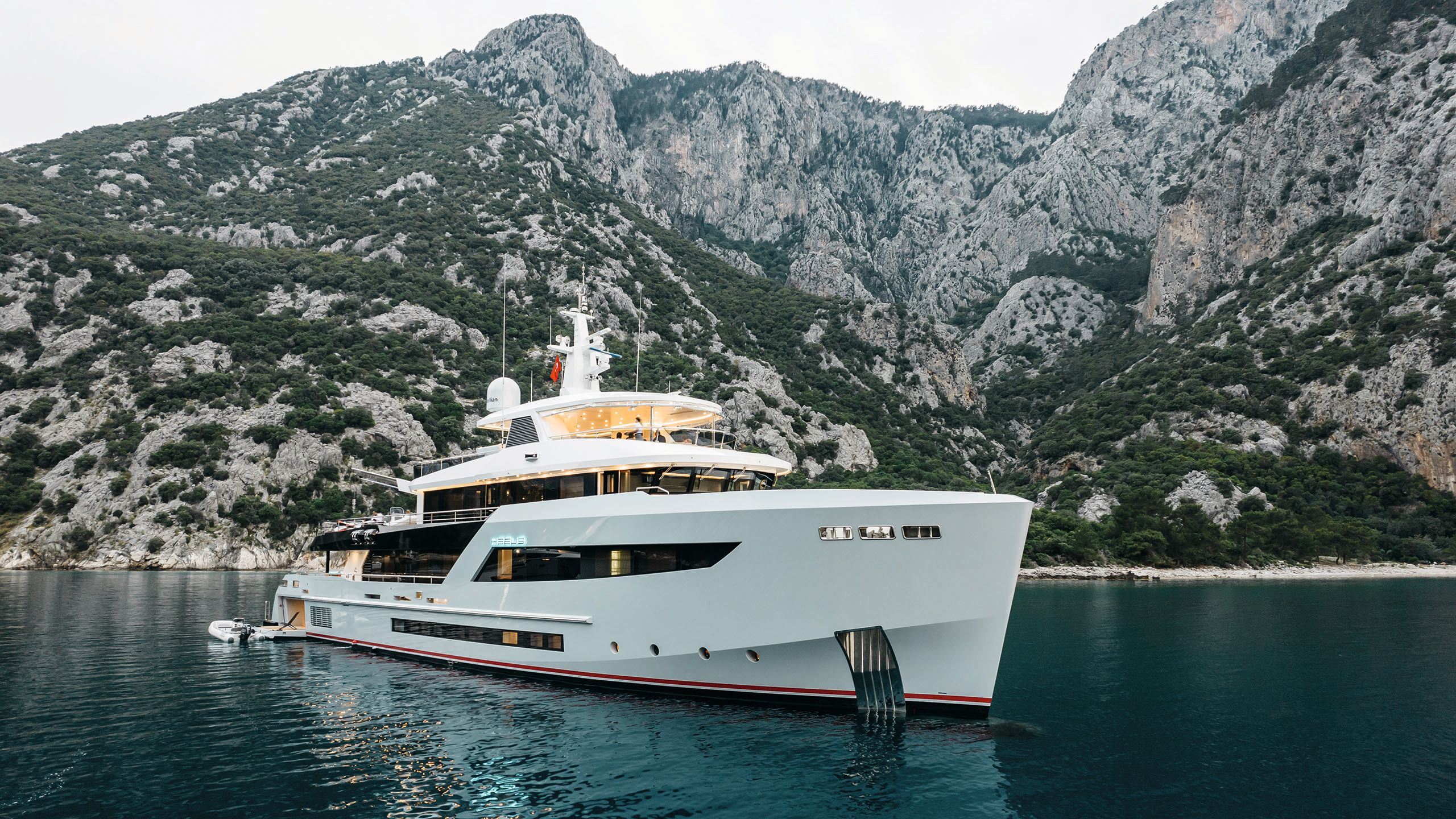
Go anywhere, do anything, just do it in a steel hull. That is the philosophy of Bering Yachts co-founder Alexei Mikhailov, and the ultra-tough Bering 145, finds Ryan Swift
Let’s say your idea of a good time is a tough ocean passage followed by nights in a remote subarctic location, fishing, hunting and hanging out with friends. Or perhaps it’s long stretches anchored at a remote tropical island with nothing but the fish and stars for company. But you’re not quite ready for a 100-metre yacht. Bering Yachts’ new 44-metre flagship B145 may be an option to consider. It’s built just for these types of purposes.
Russian-born entrepreneur and Bering Yachts co-founder Alexei Mikhailov named his yacht brand after the Bering Sea – a treacherous body of water known for sudden storms, strong currents and difficult waves. His reasoning is straightforward: boats should be built to go wherever you want; one shouldn’t need a big boat just for the ability to go anywhere.
“The main idea is freedom – you’re free to go wherever the boat can go,” says Mikhailov, who spent his youth in the Russian Far East. “It doesn’t matter how far away it is. Berings can reach virtually any point on earth that you can reach by sea. The concept is no limits; even the smallest Bering can cross the ocean.”
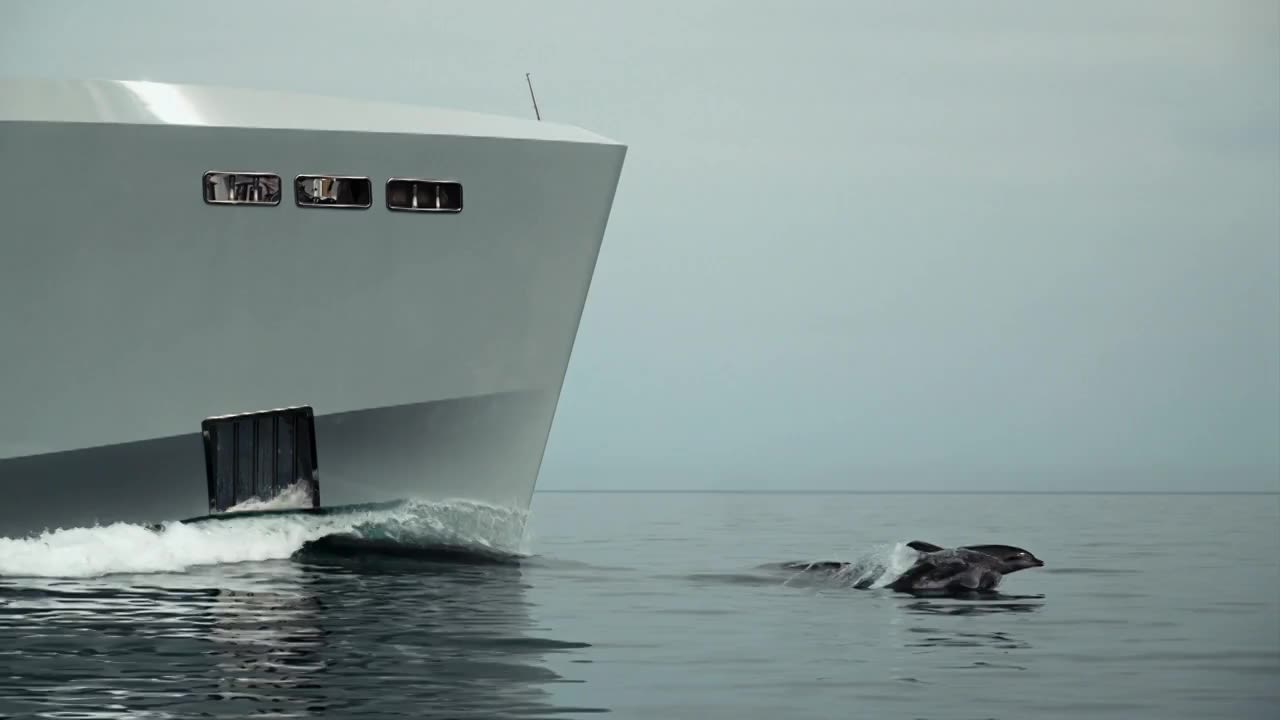
In Magadan, Russia in the early 1990s, Mikhailov trained as a hydrogeologist and later founded a successful consultancy business in the mining sector that enabled him to get into boats. He later moved to the US, where he purchased an 11-metre fibreglass fishing yacht. In 2002, the boat caught fire and was lost, convincing him that a truly durable boat had to be built in steel.
“I do not understand fibreglass for the application of expeditions or exploration,” says Mikhailov. “Both call for long-range boats that work in heavy seas. I don’t think plastic is a suitable material.”
With that experience behind him, Mikhailov went in search of a small expedition boat built in steel. Failing to find one, he started building one, then another. Friends noticed and asked him to build more. He built the first boats in China and later in Turkey. And thus, Bering Yachts was born in 2007 with the CEO’s focus initially on smaller but tough trawler-style boats.
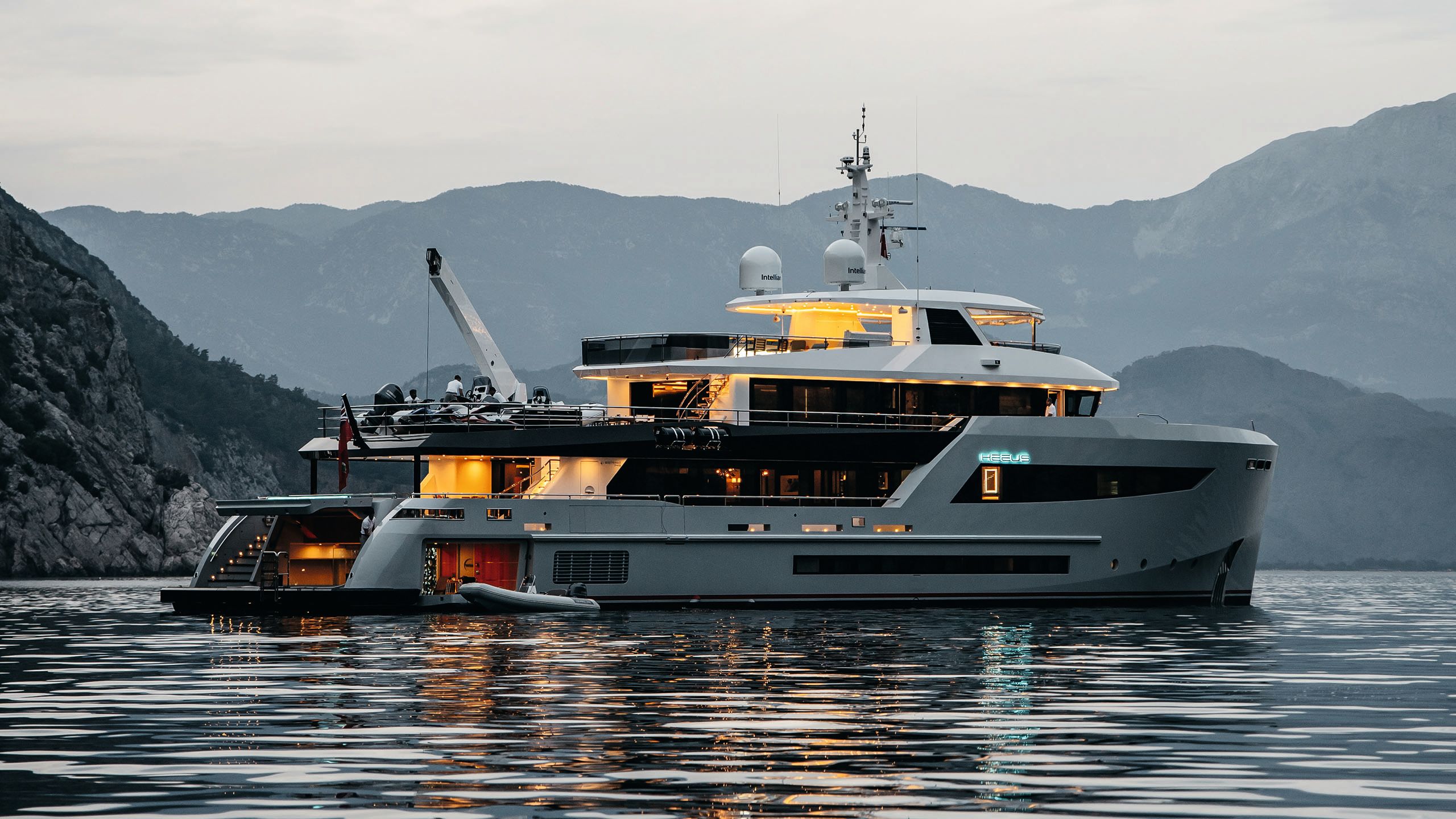
BERING A tall bow, forward-raked bridge windows, a Portuguese bridge and a large boat deck all speak to the explorer nature of the Bering 145
BERING A tall bow, forward-raked bridge windows, a Portuguese bridge and a large boat deck all speak to the explorer nature of the Bering 145
“My goal is to build boats under 24 metres because I think it’s enough for everything. You can reach by this boat any point on the planet, with the same safety as a big boat. However, people have different ideas,” Mikhailov says.
The first Bering 145, Heeus, launched last year and sea trialled in summer of 2022 before being delivered earlier this year. It is now available for charters with West Nautical. A second B145, currently in advanced stages of construction, is due to emerge from Bering’s Antalya shed soon. The voluminous 44-metre Bering 145 is a big step up for the builder, whose previous flagship was a 26-metre trawler yacht, but it seems to fill a niche.
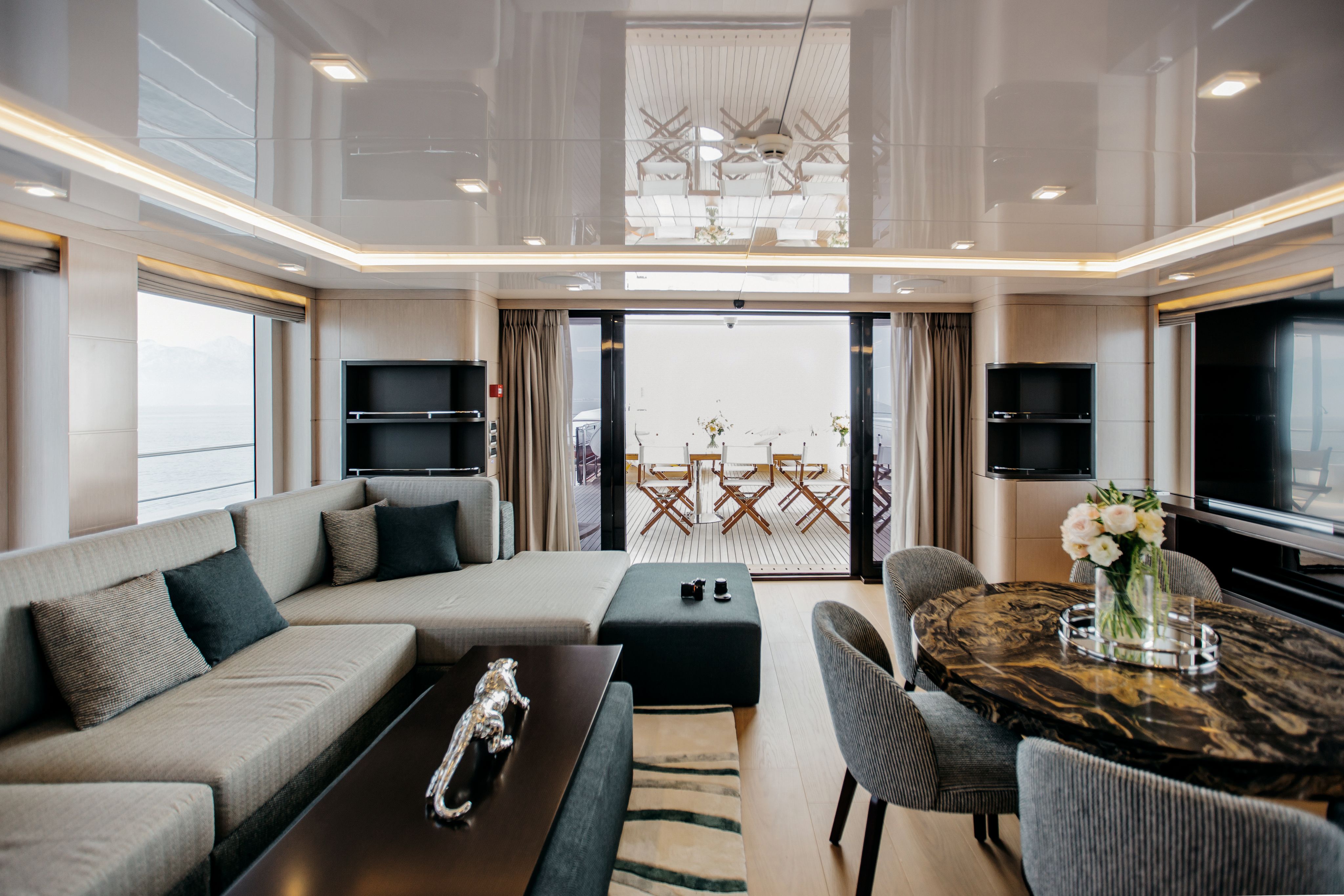
Although attractive, the B145, which was developed by Bering’s in-house engineering and naval architecture team, is less about showing off and more about going places. And the best place to start with this, or any Bering trawler or expedition yacht, is the full-displacement hull in steel. Fundamental to any expedition yacht is a capable, well stabilised hull.
“Being a serious explorer yacht, the styling was more defined by purpose rather than any fashion to look ‘explorer-like’”
The Bering 145’s hull is 10 millimetres thick at the bottom and 12 millimetres around an ice belt, allowing it to venture to high latitudes. Moreover, the beam, at 9.7 metres, makes this a very heavy hull with lots of space on deck. The frame and tank structure add to the overall sturdiness.
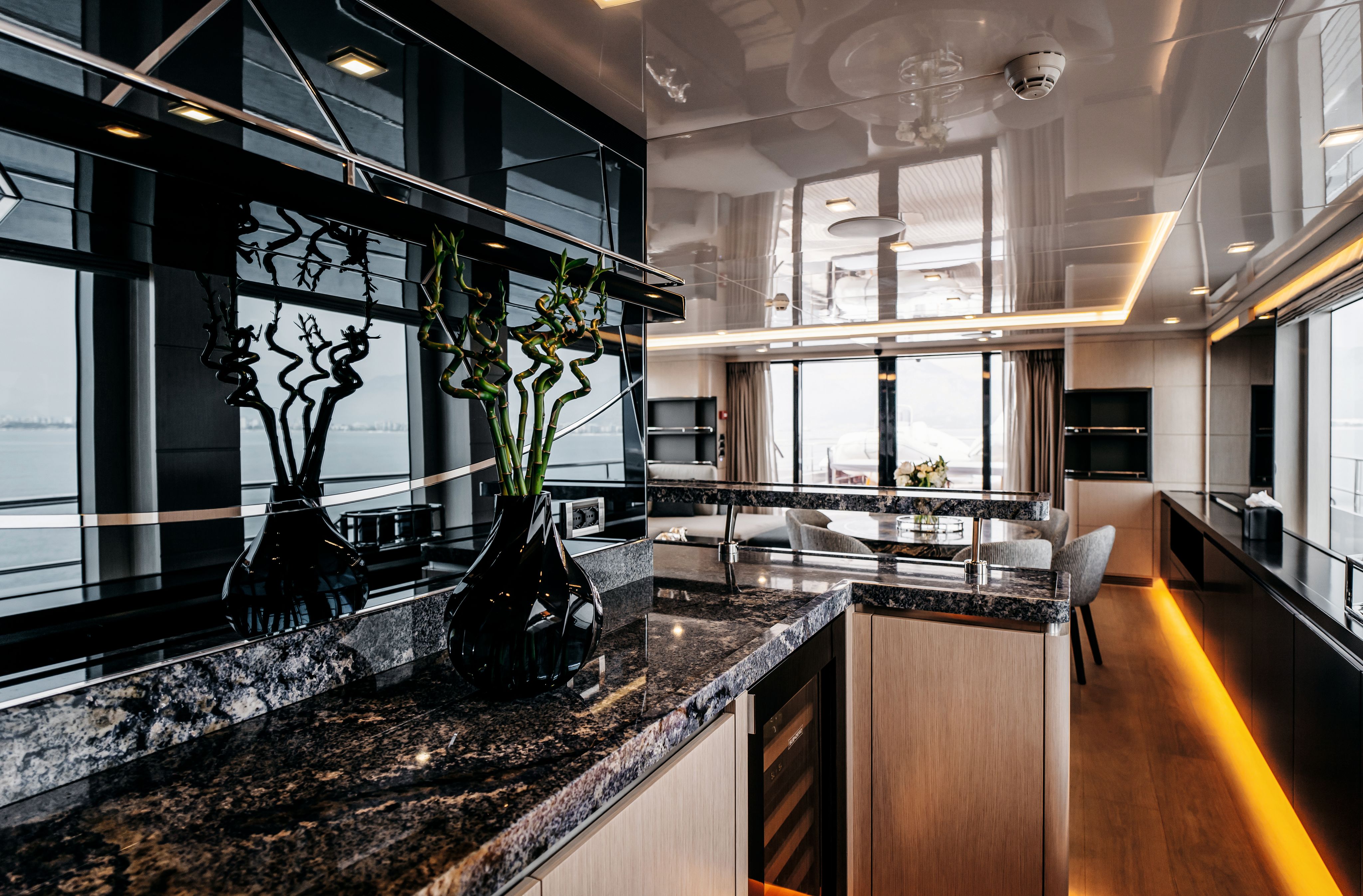
“Weight is consolidated below the waterline, and despite its tall superstructure, the boat maintains its stability due to the considerable mass beneath the water,” says Alexander Vyatkin, Bering shipyard managing director. Vyatkin adds that the 145 is self-righting up to an incline of 60 degrees. The boat also has a four-fin stabilisation system by TRAC.
In its appearance, the B145 shares many characteristics with the smaller models built by the shipyard. Like any good trawler yacht, she has a very tall bow for deflecting heavy seas and a reduced amount of glass in the hull. Vyatkin says the windows at the front were thickened, while the forward-facing window area was minimised to withstand the pressures that can occur in tough weather.
The look of the exterior was created based on the twin needs of long-range capability and hard-nosed requirements for rough weather. Sabdes Yacht Design, based in Australia, handled the exterior styling for the 145.
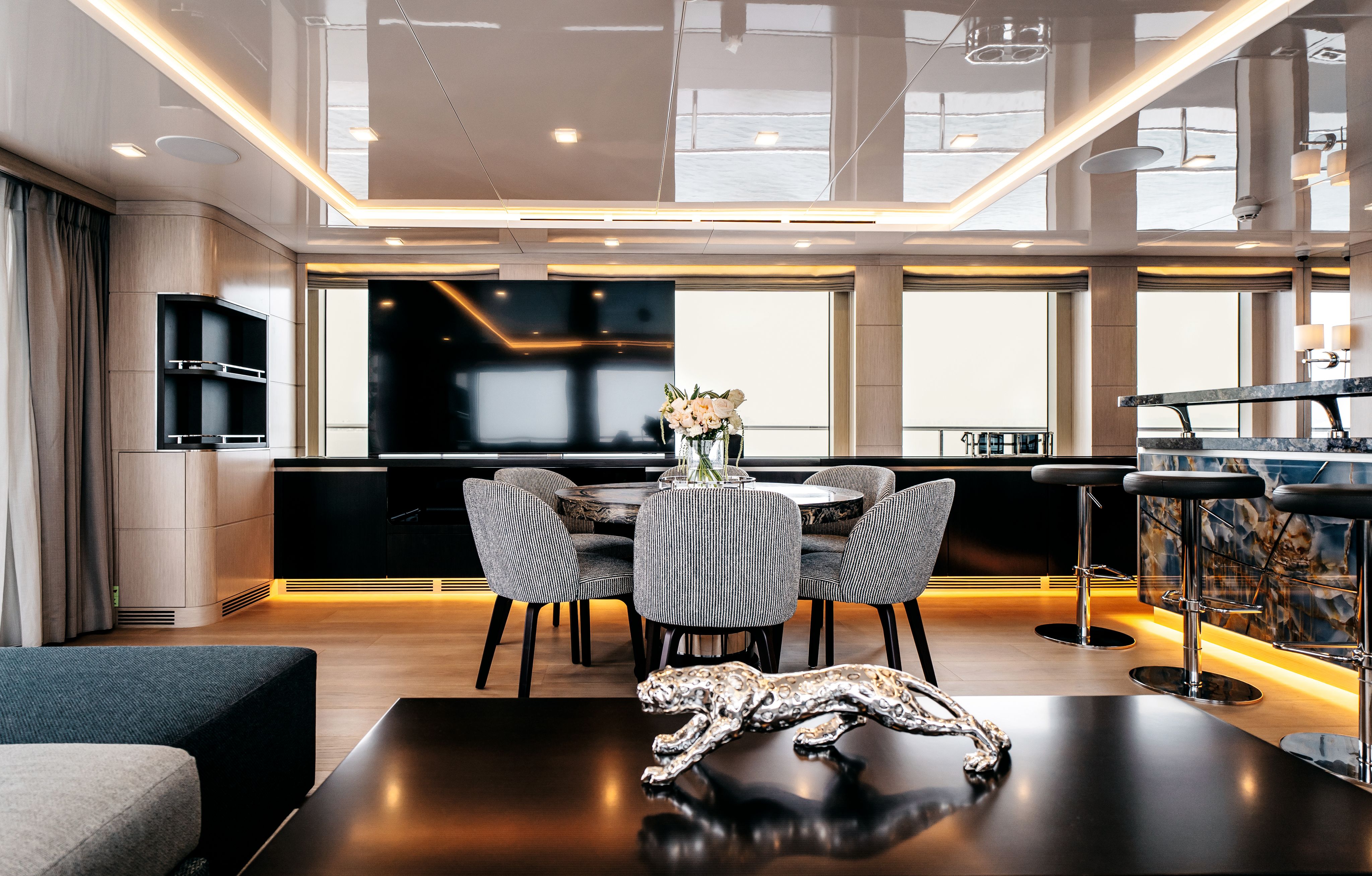
“I originally received from our naval architect a more traditional raked bow hull form, but we’d just finished a 106-footer [32-metre] where we put an almost vertical bow on her, and it looked great, gave us more volume and improved seakeeping,” says Scott Blee, owner and chief designer of Sabdes Yacht Design.
The brief for the 145 came to Sabdes from Bering Yachts, which worked with the owner via Mikhailov. The owner’s brief was for a modern, capable, long-distance explorer yacht without sacrificing on luxury. The owner liked the appearance of the Bering 77.
“Berings can reach virtually any point on Earth that you can reach by sea. The concept is no-limits”
“Being a serious explorer yacht, the styling was more defined by purpose rather than any fashion to look ‘explorer-like’; so, elements like the high bulwarks, Portuguese bridge, solid structures, forward-raked bridge windows and large boat deck are all very natural,” says Blee.
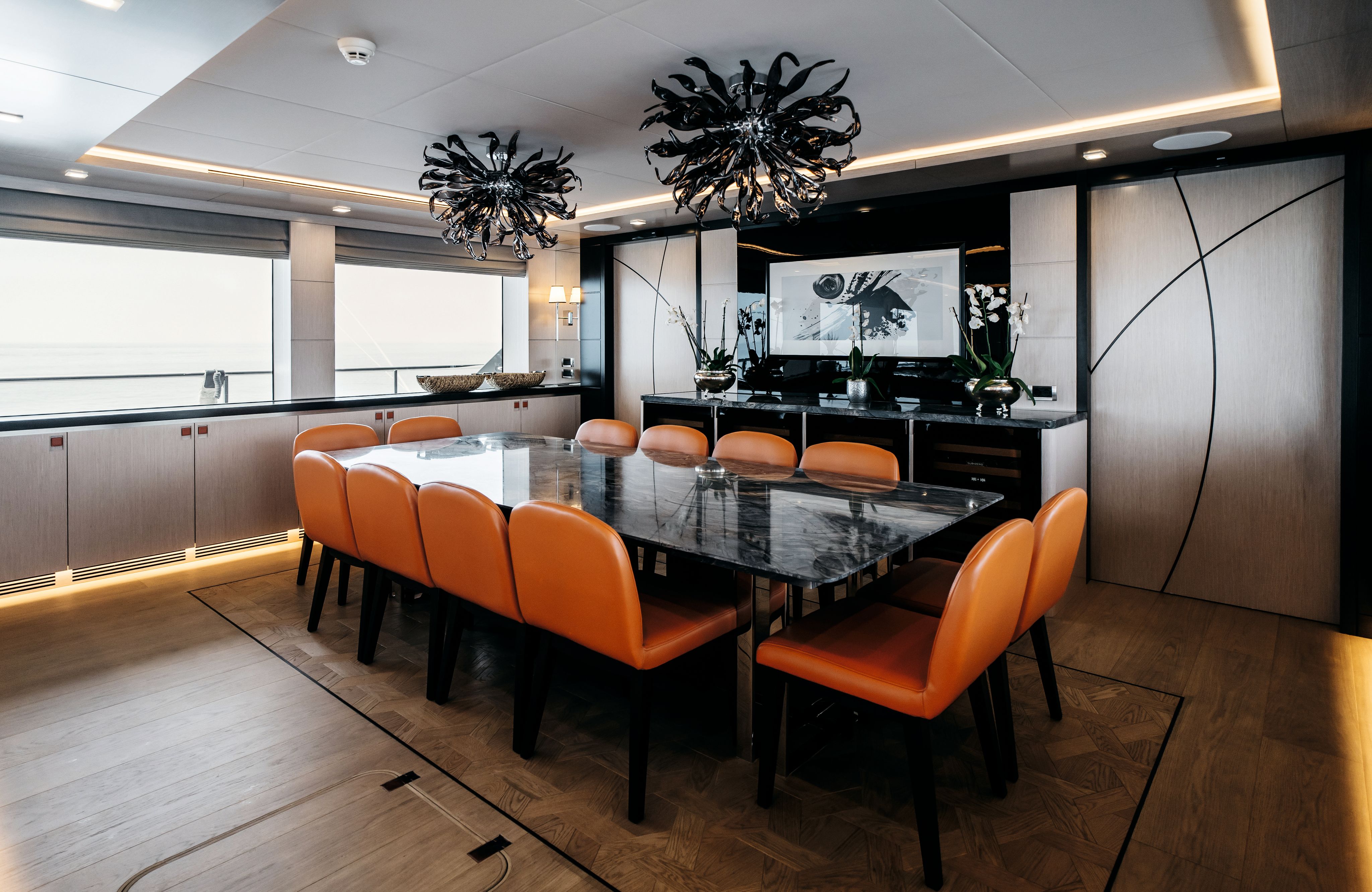
Underneath, the Bering 145 hull has two large skegs to protect the props and rudders, as well as support the vessel in the event of grounding. There are eight watertight compartments with automatic sliding watertight doors. Add to that multiple redundancy measures, such as the hybrid generators, battery system and the possibility of single-engine operation, and you have a vessel that theoretically could survive anything that gets thrown at it.
Apart from safety equipment, the 145 has redundant systems for steering and propulsion, ensuring “get home” ability in the event of shutdowns or breakdowns. Should the normal steering system fail, there is a tiller room at the back of the boat with a manual wheel and speakerphone system connected to the wheelhouse.
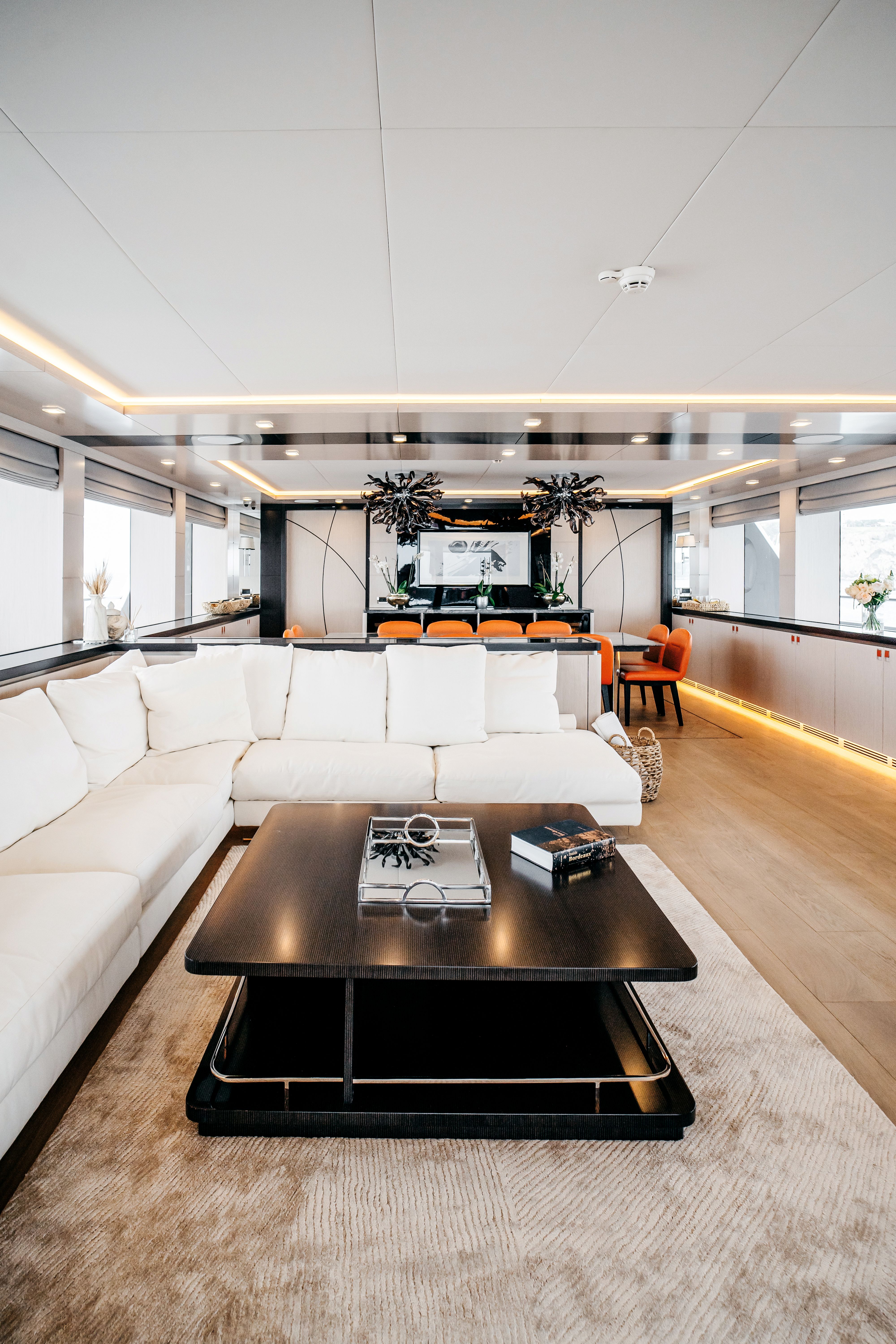
The Bering 145’s 95,600 litres of fuel give it a sizeable range. Power comes from twin Caterpillar C32 ACERTs with 1,200 horsepower each. At cruise speed or 12 knots (top speed is 15 knots), the range is around 5,000 nautical miles, depending on speed and usage of the hybrid system.
The hybrid system on the Bering 145 consists of 550kwH of battery capacity and two 100kW Danfoss electric propulsion engines. Together, they offer eight knots maximum speed in full electric mode, as well as manoeuvring on thrusters in silent mode. At full speed, the Bering 145 can manage two hours of operation and the hotel load in full electric mode.
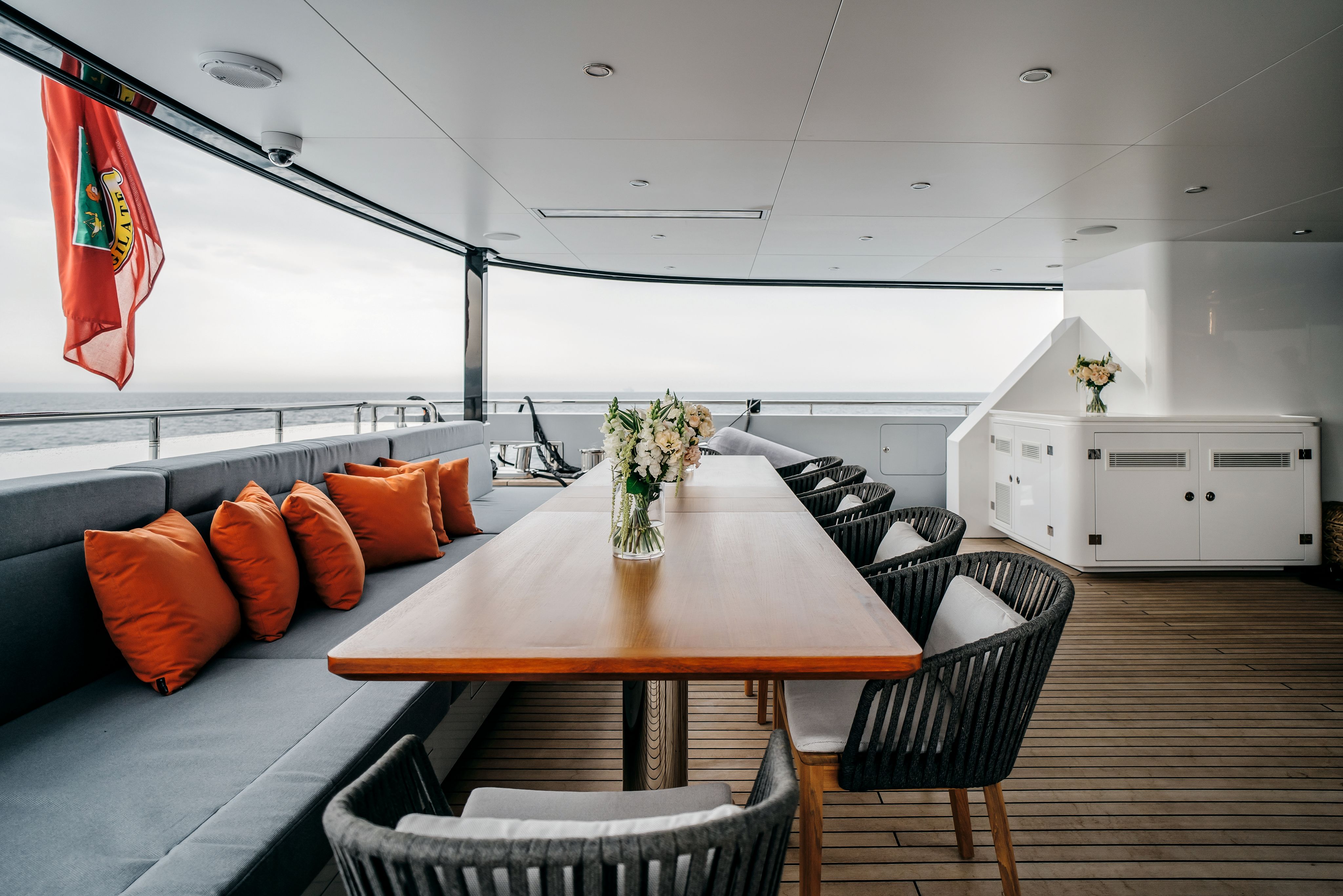
Of course, any expedition yacht requires a sizeable tender, and this boat has space for an eight-metre auxiliary craft and 2.5-tonne crane on the bridge deck aft, plus a toy garage with a side opening and beam crane, and more stowage space. “It’s a huge boat,” says Mikhailov. “We had a hard time to get under 500GT, despite its 45 metres.”
“The colour palette was intentionally subdyed but livened up with accents of pumpkin orange for an engaging contrast”
Some of that volume went to a commercial-standard galley by Electrolux, which is huge for a yacht this size, occupying about as much real estate as the full-beam master cabin on the main deck. The interior of the Bering 145 has been designed to give owners and guests enough space to enjoy themselves in comfort, but not overwhelming amounts of space. This again reflects Mikhailov’s philosophy; he seems willing to sacrifice a bit of lounge space to make more room for engineering systems, redundancies and for general seaworthiness. But she’s still a comfortable boat, as the interior design of Heeus demonstrates.
“The brief for the yacht's interior design focused on instilling a serene, Scandinavian-inspired atmosphere”
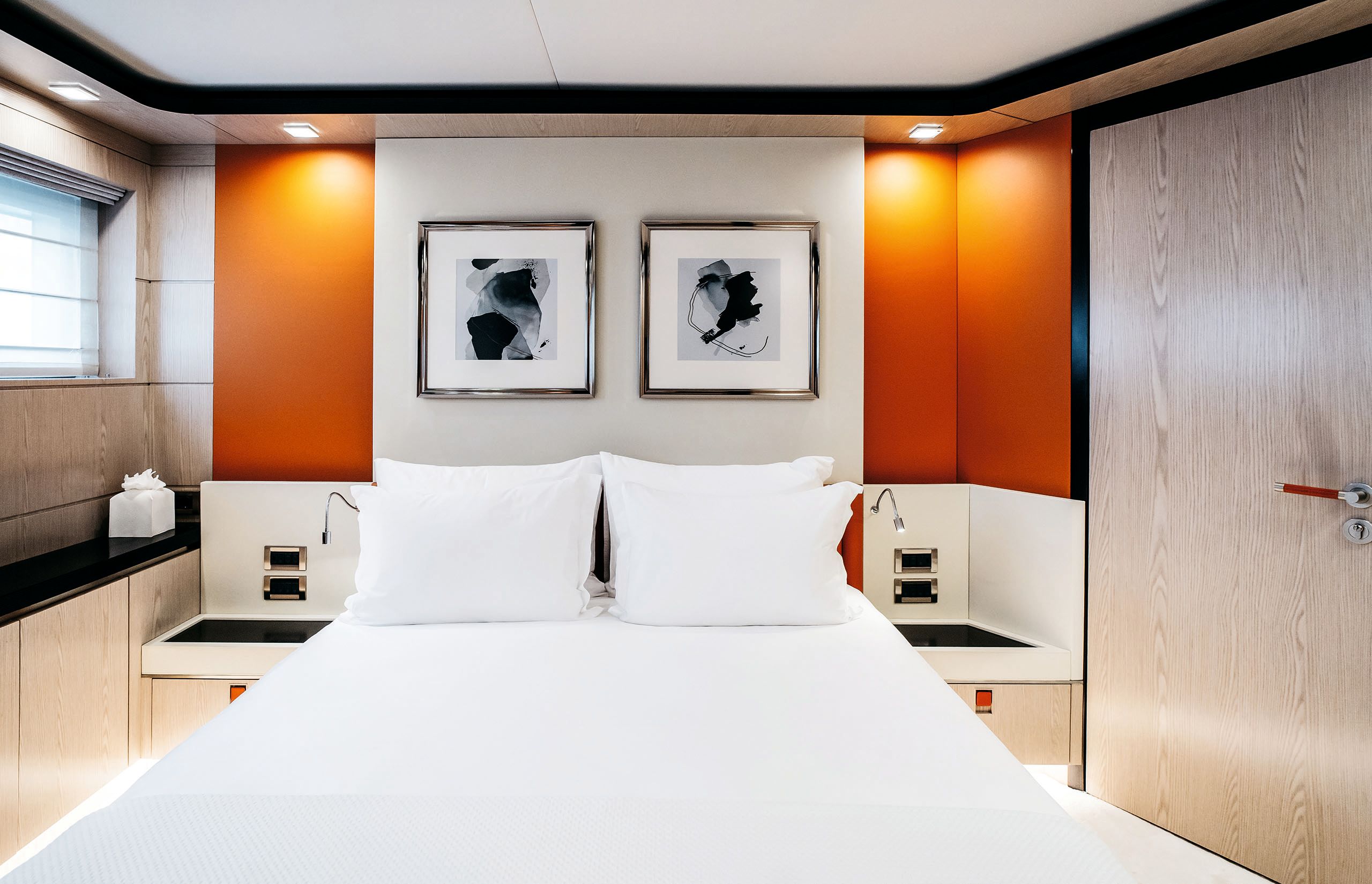
“I remember in the first conversations, [the owner] wanted to use every area of the boat as much as possible, but not to narrow the comfort spaces of the boat,” says Bayram Avci, interior designer for Bering Yachts.
“The brief for the yacht’s interior design focused on instilling a serene, Scandinavian-inspired atmosphere,” says Kristina Guner, head of the product department at the shipyard. “Central to this aesthetic was the incorporation of natural materials. The colour palette was intentionally subdued to preserve the serene ambience, but was livened up with accents of pumpkin orange for an engaging contrast.”
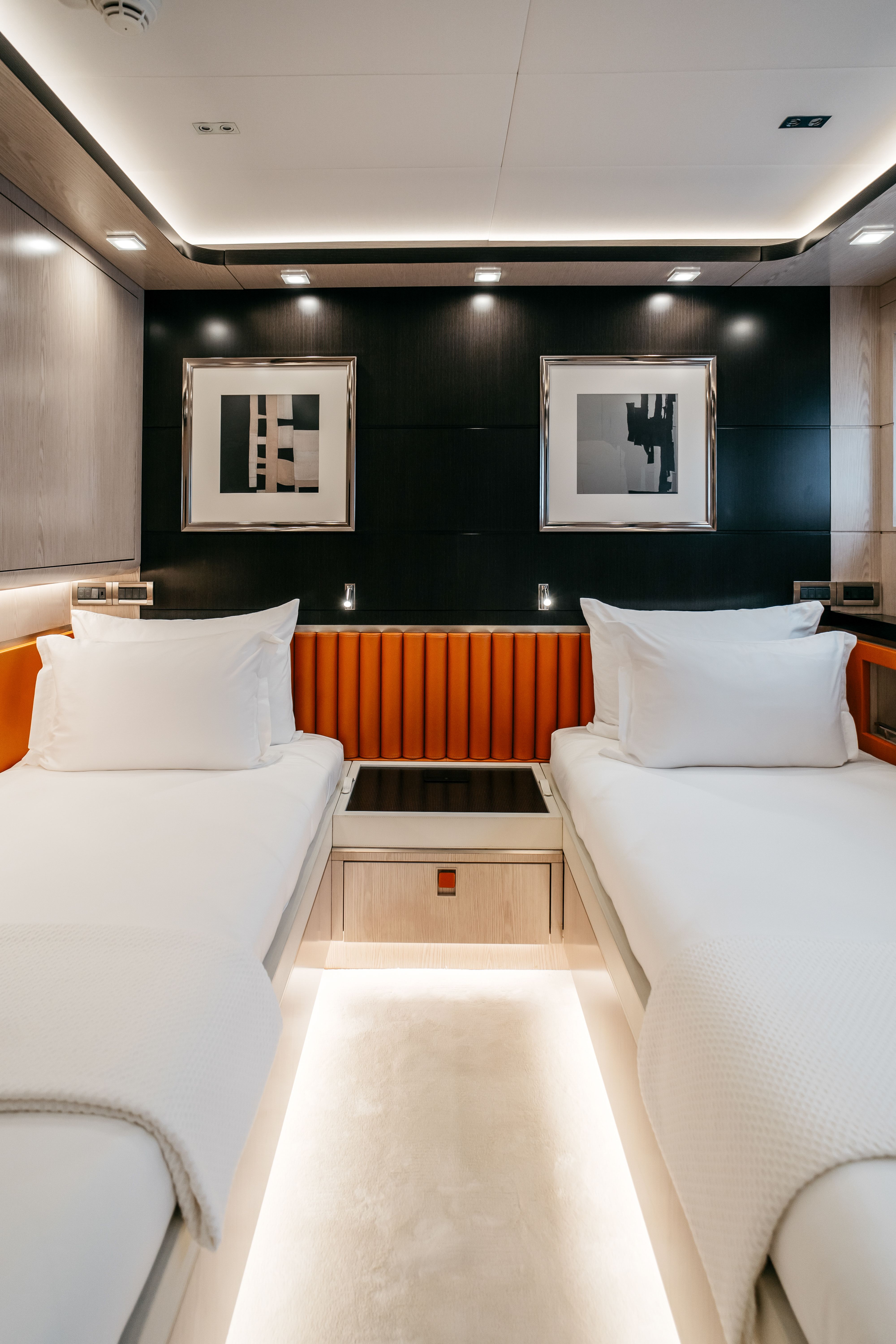
This design aesthetic was followed throughout Heeus, in part to make her a good charter vessel. To add subtle variations, curved lines were incorporated into some wall panels and mirrors, while natural stone was used in bathrooms and dining areas.
The layout for Heeus and the next B145 in build will be almost identical. On Heeus, the full-beam owner’s cabin is 60 square metres, including an office (on the second 145 it has been split to create a separate lounge area with balcony). According to Avci, Heeus’ owner wanted a spacious master cabin with plenty of marble and mirror details.
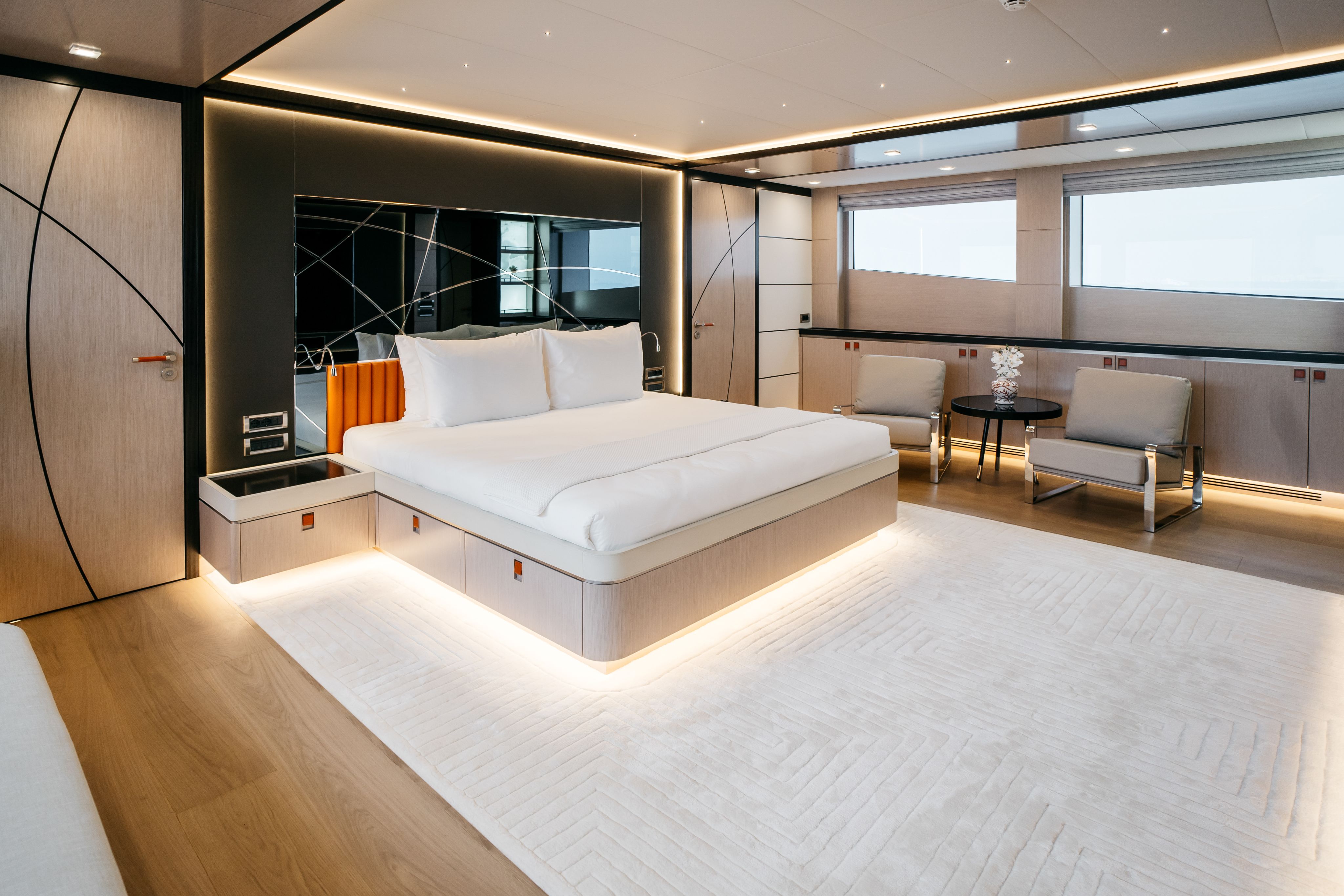
The 60m2 main deck owner’s suite includes a separate office
The main deck has a well-protected aft area for outdoor dining. The main saloon and dining area are conjoined in a single, brightly lit space. Below deck, there are four guest cabins plus an additional dual purpose one that can be allocated to either guests or crew. Up top, the sundeck has all the features you’d expect – spa pool, dining area, wet bar, barbecue grill and plenty of seating.
The bridge deck includes a spacious en suite captain’s cabin and an upper saloon with a serving station and bar attached to the dumb waiter from the galley. Seating in the lounge faces an ultra-high-definition 85-inch TV screen. The bridge deck aft is set aside for tender storage but once cleared of tenders and toys, there is ample space for guests to enjoy sundowners after a tough day on the water.
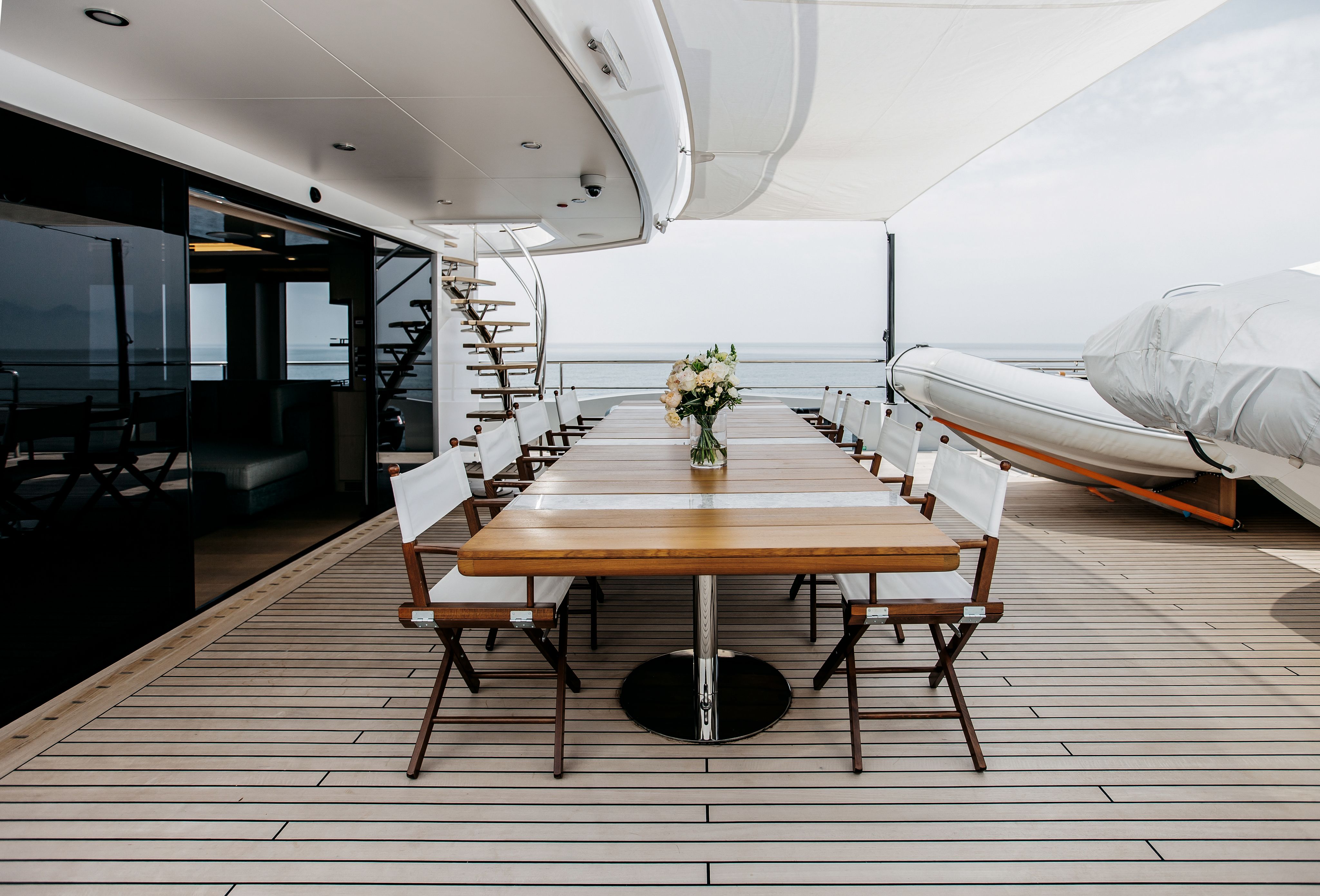
The lower deck areas near the transom include a small hammam with room to spare for more water toys or scuba gear, depending on the owner’s requirements. The arrangement also creates space for battery storage to power the hybrid propulsion system. A 40-square-metre beach club with a large terrace door connects to a swim platform with an integrated high/ low platform for entering the sea.
Crew accommodations and crew comfort, which are vital for the success of any expedition yacht, are particularly important to Mikhailov. “The crew quarters are as good as the guest accommodations,” he says. “It’s the same mattresses, the same quality of toilets and faucets, everything. It’s a good crew boat.”
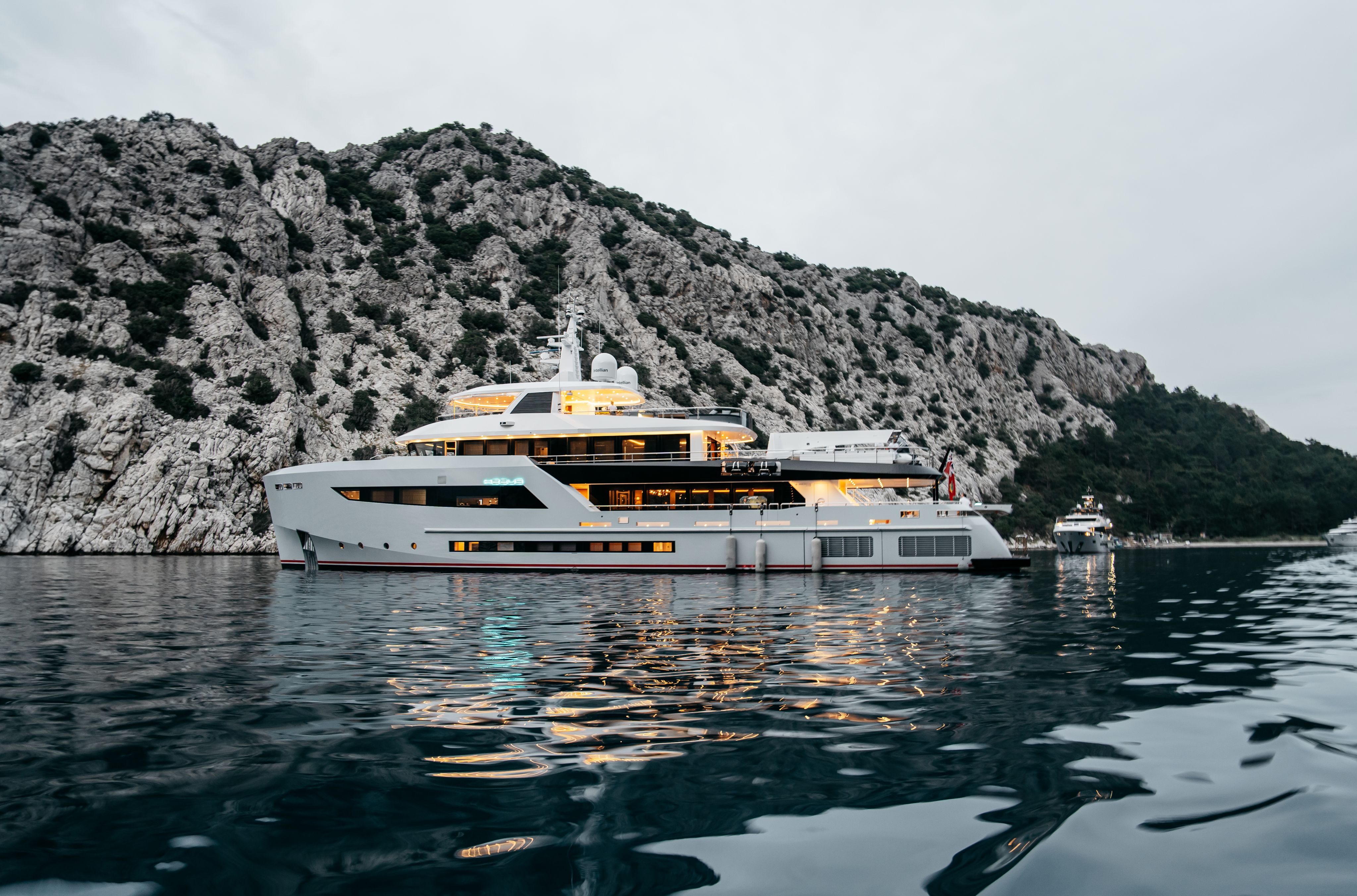
Mikhailov says the biggest challenge that Bering faces in building larger yachts is that some owners are moving up from pleasure yachts suited only for sunny cruising. “We’re trying to teach the guy who runs a conventional Med yacht to be the captain of a Bering. But to me, that’s like trying to teach the guy who pilots a Cessna to run a 737 with passengers.”
On the other hand, if you want to head out beyond the horizon on a compact superyacht that’s built for the long haul, then according to Mikhailov, you need to embrace the philosophy of steel. And it appears he’s made a few converts along the way.
First published in the September 2023 issue of BOAT International. Get this magazine sent straight to your door, or subscribe and never miss an issue.
Tribù sunloungers and Sunbrellacovered cushions dress the sundeck
A dumb waiter runs between the upper deck and main deck pantries
The boat deck stows tenders up to eight metres
The owner’s cabin includes a large walk-in wardrobe
A tank deck (not shown) passageway connects crew from their quarters to the engine room
Two further jet skis fit in a garage behind the hammam
LOA 44.2m | Gross tonnage |
LWL 42.3m | Engines |
Beam 9.7m | Generators |
Draught 2.7m | Speed (max/cruise) |
Range at 12 knots | Owners/guests 12 |
Fuel capacity | Crew 9 |
Freshwater capacity | Construction |
Tenders | |
Naval architecture | Builder/year |
Exterior design | +90 539 826 7008 contact@beringyachts.com beringyachts.com |
Interior design | For charter |

